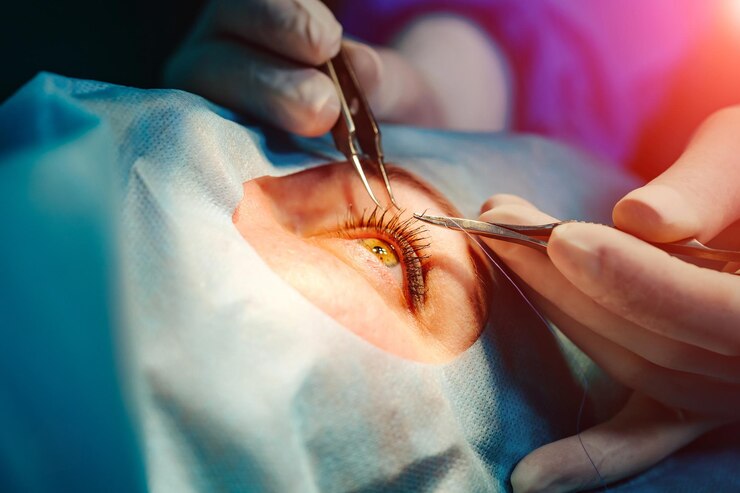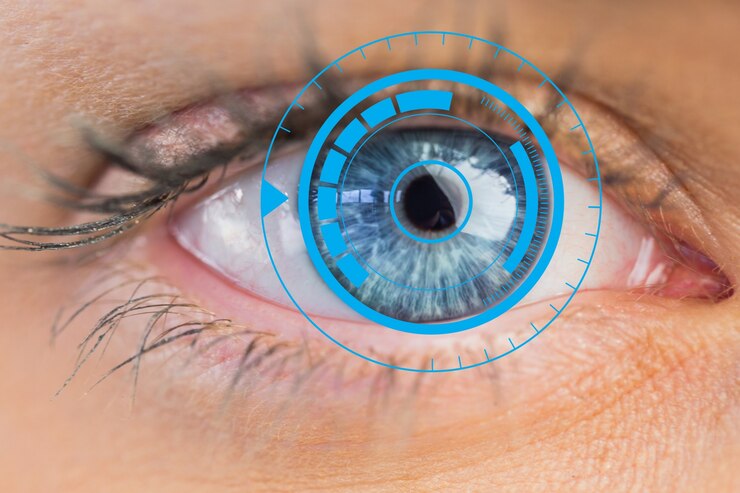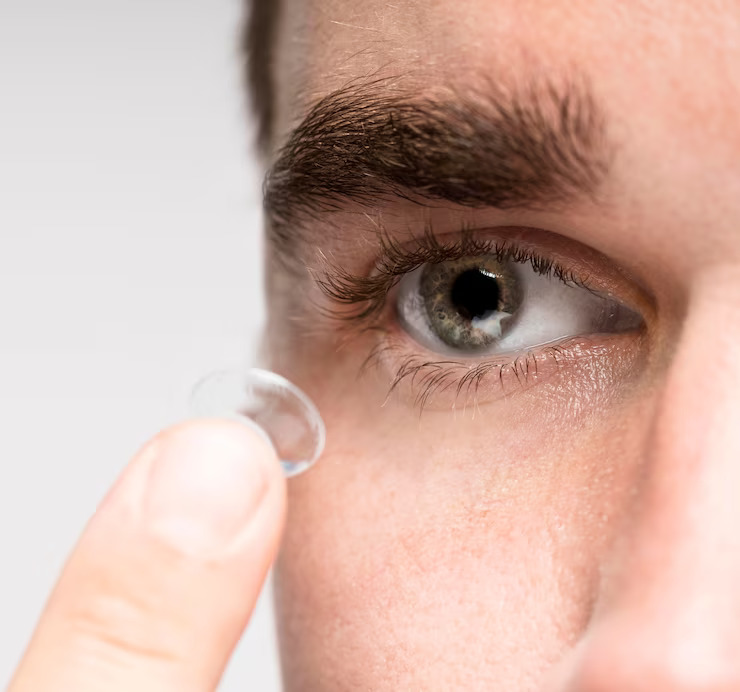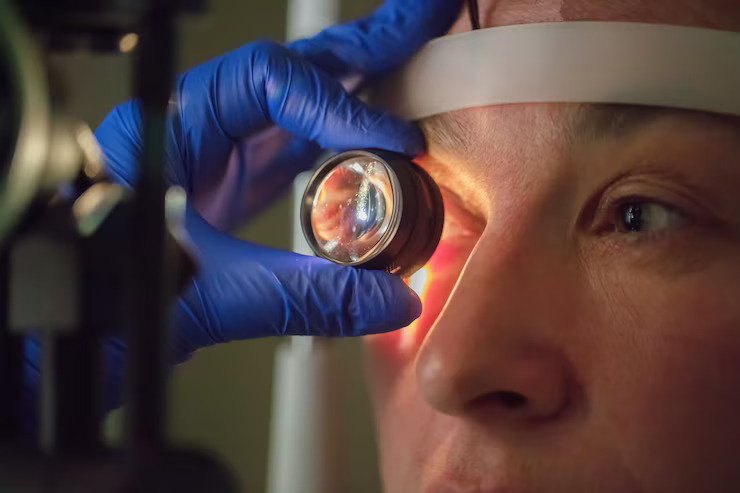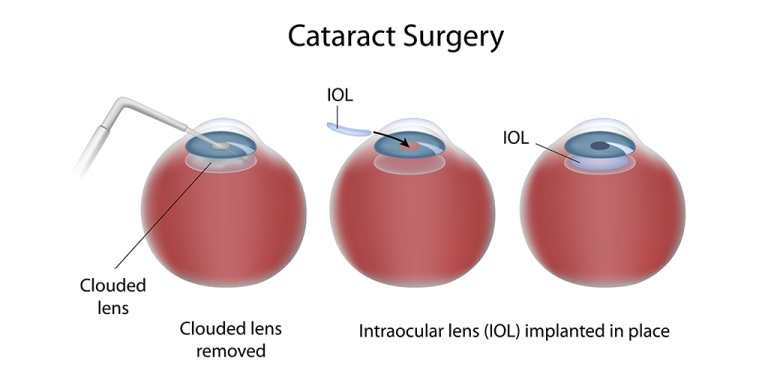Advanced Technology In Cataract Surgery: Innovations And Benefits
Cataract surgery has undergone remarkable advancements in recent years, thanks to innovative technologies that have transformed the procedure into a safer, more precise, and more customizable intervention. From imaging technologies to laser-assisted techniques and advanced intraocular lens (IOL) implants, these technological innovations have revolutionized the field of ophthalmology, offering patients enhanced visual outcomes and improved quality of life. In this article, we explore the latest advancements in cataract surgery and the benefits they bring to patients.
Evolution of Cataract Surgery
Cataract surgery has come a long way since its inception, evolving from a procedure with significant risks and limitations to one of the safest and most effective surgical interventions in modern medicine. Traditionally, cataract surgery involves manually removing the clouded natural lens of the eye and replacing it with a standard intraocular lens (IOL). While this approach was successful in restoring vision for many patients, it had its limitations, including variability in surgical outcomes and the potential for complications such as astigmatism and refractive errors.
Advanced Imaging Technologies
One of the key advancements in cataract surgery is the integration of advanced imaging technologies that allow for more precise preoperative planning and intraoperative guidance. Optical coherence tomography (OCT) and intraoperative aberrometry are two such technologies that have revolutionized the way surgeons approach cataract surgery.
OCT Imaging: Optical coherence tomography (OCT) provides high-resolution, cross-sectional images of the eye, allowing surgeons to visualize the structures of the anterior segment with unprecedented detail. By obtaining precise measurements of the cornea, lens, and other ocular structures, OCT helps surgeons select the most appropriate IOL power and design for each patient, leading to more predictable refractive outcomes.
Intraoperative Aberrometry: Intraoperative aberrometry involves using wavefront analysis during surgery to assess the eye’s optical properties and guide the selection of IOL power and alignment. By measuring the eye’s refractive error in real-time, intraoperative aberrometry helps optimize visual outcomes and reduce the need for postoperative adjustments or enhancements.
Laser-Assisted Cataract Surgery
Another significant advancement in cataract surgery is the introduction of laser-assisted techniques, which offer greater precision, reproducibility, and safety compared to traditional manual methods. Femtosecond laser technology, in particular, has revolutionized the way cataract surgery is performed, allowing surgeons to perform key steps of the procedure with unparalleled accuracy.
Capsulotomy: The creation of a precise and perfectly circular capsulotomy is critical for achieving optimal IOL centration and stability. Femtosecond laser technology enables surgeons to create a precise capsulotomy with customizable size, shape, and location, resulting in improved refractive outcomes and reduced risk of capsule-related complications.
Lens Fragmentation: Fragmentation of the cataractous lens is another crucial step in cataract surgery. Femtosecond laser technology allows for the precise division and softening of the lens material, facilitating easier removal and reducing the amount of ultrasound energy required during phacoemulsification, thereby minimizing the risk of corneal endothelial damage and inflammation.
Corneal Incisions: Femtosecond laser technology also enables surgeons to create precise corneal incisions for astigmatism correction and wound sealing, leading to improved visual acuity and faster visual recovery.
Advanced Intraocular Lens Implants
In addition to advancements in surgical techniques, there have been significant innovations in intraocular lens (IOL) technology, allowing for greater customization and optimization of visual outcomes. Premium IOLs, including multifocal, accommodating, and toric lenses, offer patients the opportunity to achieve reduced dependence on glasses and improved functional vision at various distances.
Multifocal IOLs: Multifocal IOLs provide simultaneous focus at multiple distances, allowing patients to see clearly at near, intermediate, and far distances without the need for glasses. These lenses use diffractive or refractive optics to split light into different focal points, providing improved functional vision for activities such as reading, computer work, and driving.
Accommodating IOLs: Accommodating IOLs mimic the natural accommodation process of the crystalline lens, allowing for dynamic changes in focus and improved depth of field. These lenses use biomechanical principles to move or flex within the eye in response to changes in ciliary muscle contraction, providing a more natural and continuous range of vision.
Toric IOLs: Toric IOLs are designed to correct astigmatism, a common refractive error caused by irregular corneal curvature. These lenses have different powers in different meridians, allowing for precise correction of astigmatism and improved visual clarity at all distances.
Benefits of Advanced Technology in Cataract Surgery
The integration of advanced technology in cataract surgery offers numerous benefits for patients, including:
Improved Visual Outcomes: Advanced imaging technologies, laser-assisted techniques, and premium IOLs allow for more precise preoperative planning and intraoperative execution, resulting in enhanced visual acuity and quality of vision.
Reduced Dependence on Glasses: Premium IOLs such as multifocal, accommodating, and toric lenses reduce the need for glasses or contact lenses after cataract surgery, providing greater independence and convenience for patients in their daily activities.
Enhanced Safety and Precision: Laser-assisted techniques offer greater precision, reproducibility, and safety compared to manual methods, reducing the risk of complications and optimizing surgical outcomes.
Faster Recovery: Advanced technology in cataract surgery often leads to faster visual recovery and shorter overall recovery times, allowing patients to return to their normal activities more quickly.
Conclusion
Advanced technology has transformed cataract surgery from a conventional procedure into a highly sophisticated and customizable intervention that offers patients improved visual outcomes and enhanced quality of life. By harnessing the power of imaging technologies, laser-assisted techniques, and advanced IOL implants, ophthalmologists can address a wide range of refractive errors and provide personalized treatment options tailored to each patient’s unique needs and preferences. As technology continues to evolve, the future of cataract surgery holds even greater promise for further advancements and innovations in the field of ophthalmology.

